Using eight telescopes scattered across the globe, astronomers will collect data at a scale never attempted before in physics as they attempt to peer into a black hole for the first time. Event Horizon Telescope.
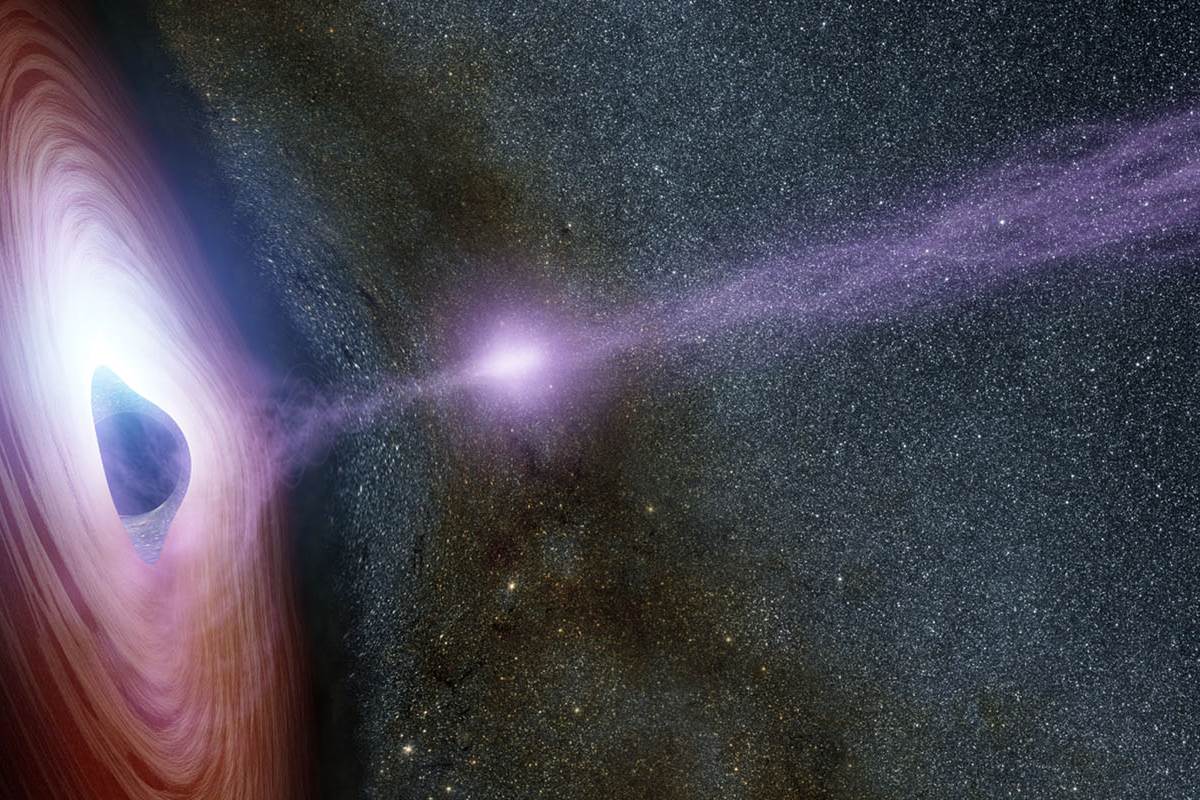

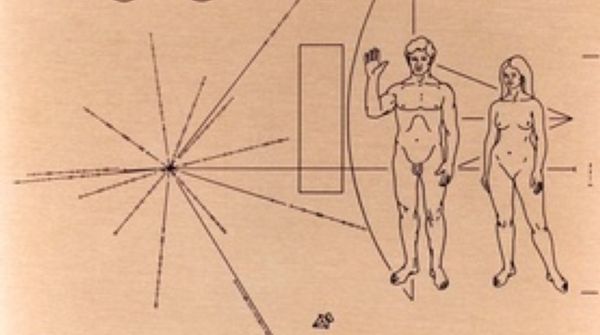
Scientists throughout the country across a wide spectrum of fields, from biochemists to physicists, are bemoaning the potentially devastating impact on science and technology in the United States of President Trump’s proposed budget request to Congress.
Massive funding cuts in the president’s proposed budget could be more devastating than any threat posed by illegal immigrants.
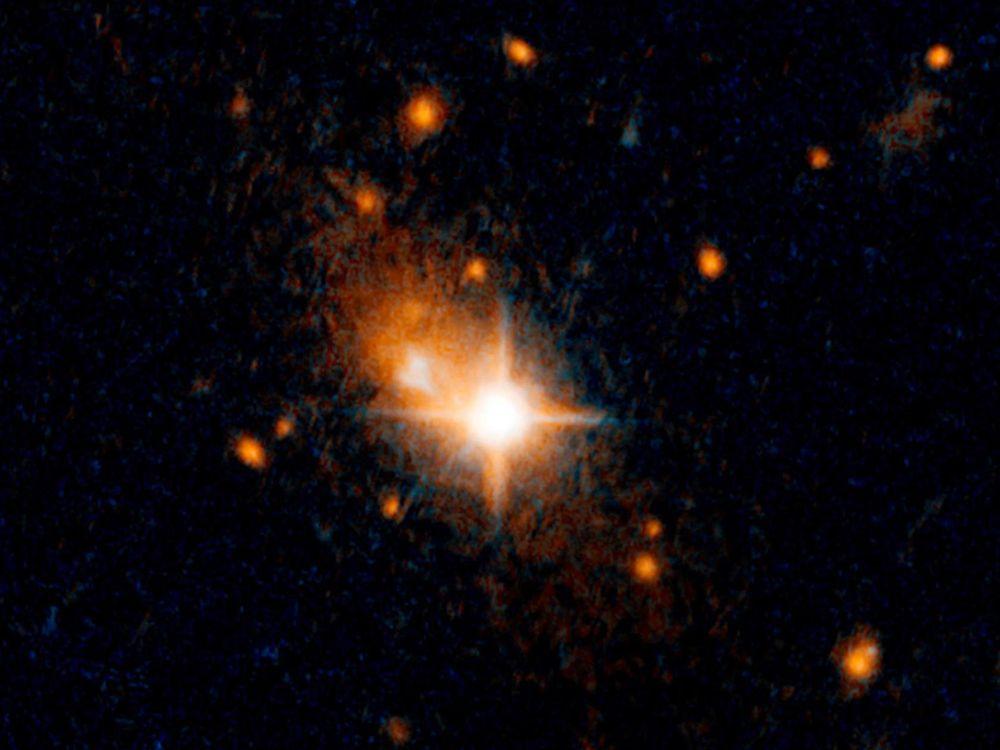
Meanwhile, the Hubble image offered a clue about what dislodged the black hole from its galaxy’s centre. The host galaxy bore faint, arc-shaped features called tidal tales, which are produced by the gravitational tug-of-war that takes place when two galaxies collide. This suggested that galaxy 3C 186 had recently merged with another system, and perhaps their black holes merged too.
What happened next, scientists can only theorize. Chiaberge and his colleagues suggest that as the galaxies collided, their black holes began to circle each other, flinging out gravity waves “like water from a lawn sprinkler,” as NASA described it. If the black holes had unequal masses and spin rates, they might have sent more gravitational waves in one direction than the other. When the collision was complete, the newly merged black hole would have then recoiled from the strongest gravitational waves, shooting off in the opposite direction.
“This asymmetry depends on properties such as the mass and the relative orientation of the back holes’ rotation axes before the merger,” Colin Norman of STScI and Johns Hopkins University, a co-author on the paper, said in the NASA news release. “That’s why these objects are so rare.”

Astronomers have uncovered a supermassive black hole that has been propelled out of the center of a distant galaxy by what could be the awesome power of gravitational waves.
Though there have been several other suspected, similarly booted black holes elsewhere, none has been confirmed so far. Astronomers think this object, detected by NASA’s Hubble Space Telescope, is a very strong case. Weighing more than 1 billion suns, the rogue black hole is the most massive black hole ever detected to have been kicked out of its central home.
Researchers estimate that it took the equivalent energy of 100 million supernovas exploding simultaneously to jettison the black hole. The most plausible explanation for this propulsive energy is that the monster object was given a kick by gravitational waves unleashed by the merger of two hefty black holes at the center of the host galaxy.
[youtube_sc url=“https://www.youtube.com/watch?v=Bhh162dsWwU”]
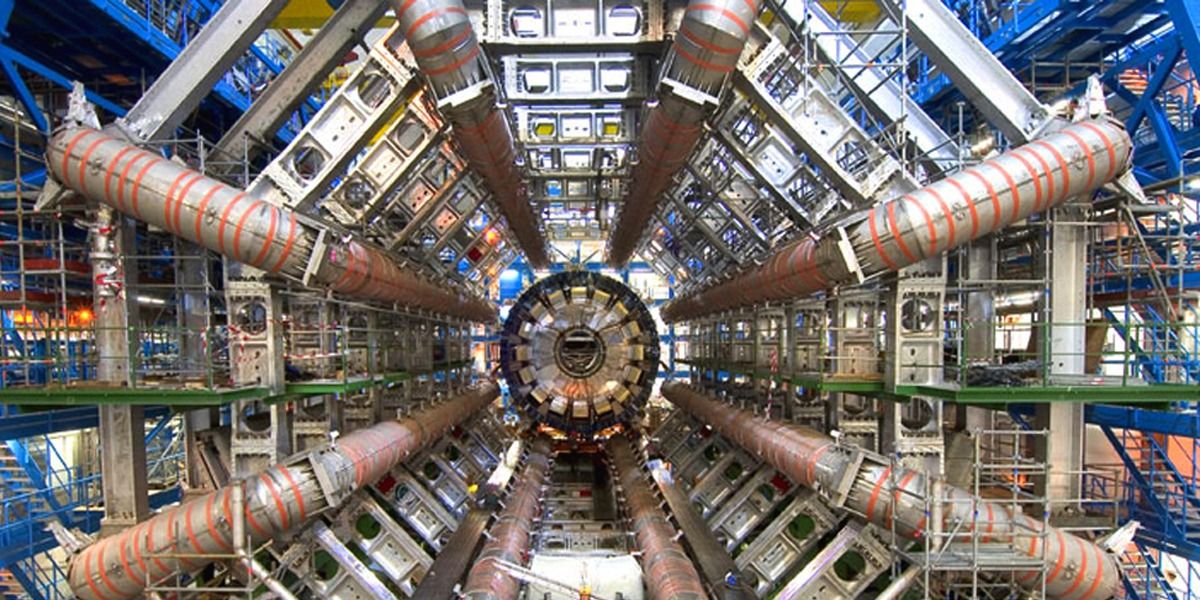
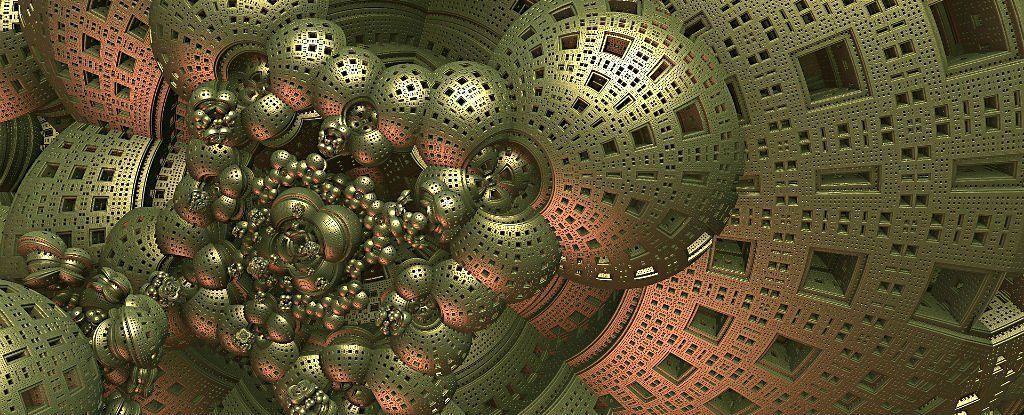
Earlier this year, physicists had put together a blueprint for how to make and measure time crystals — a bizarre state of matter with an atomic structure that repeats not just in space, but in time, allowing them to maintain constant oscillation without energy.
Two separate research teams managed to create what looked an awful lot like time crystals back in January, and now both experiments have successfully passed peer-review for the first time, putting the ‘impossible’ phenomenon squarely in the realm of reality.
“We’ve taken these theoretical ideas that we’ve been poking around for the last couple of years and actually built it in the laboratory,” says one of the researchers, Andrew Potter from Texas University at Austin.
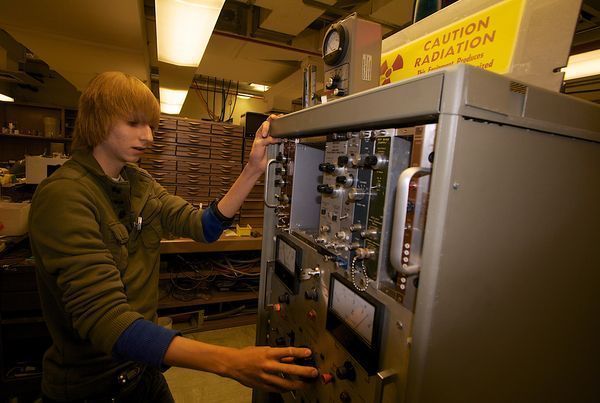
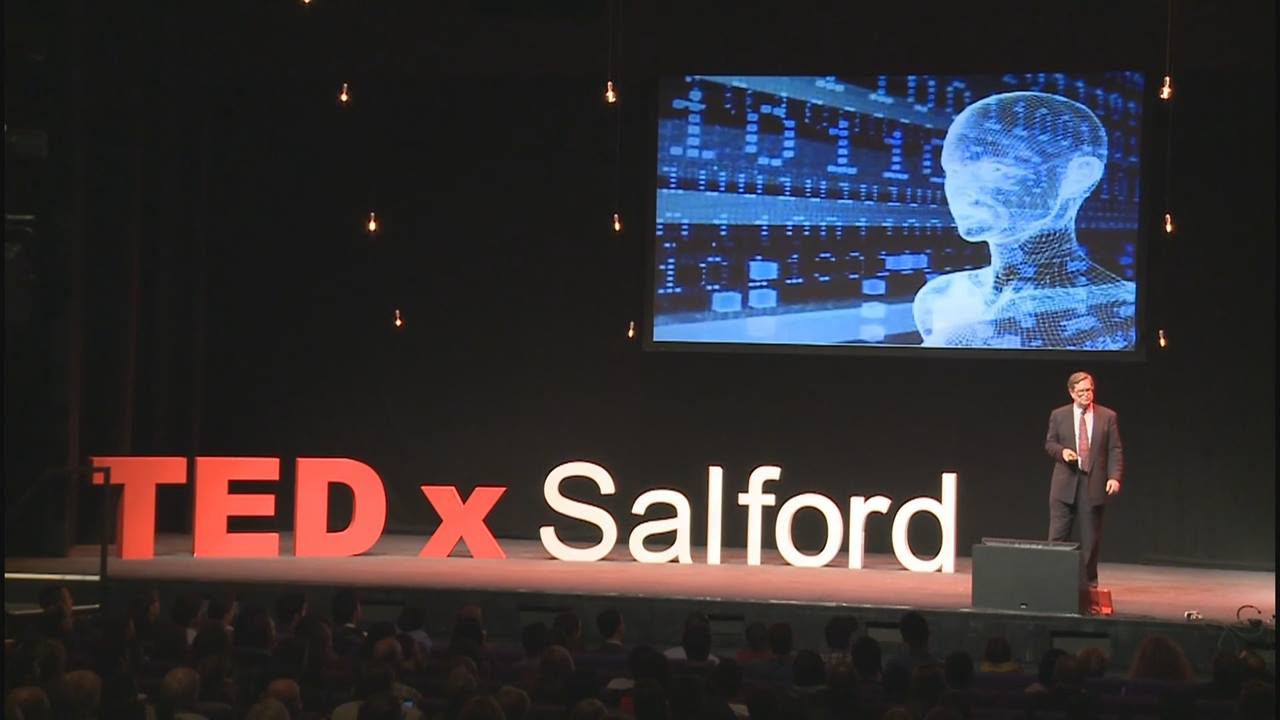
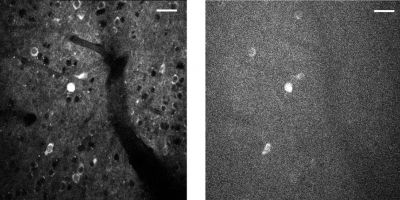
A three-photon microscopic video of neurons in a mouse brain. The imaging depth is approximately 1 millimeter below the surface of the brain. The firing of the neurons is captured by an indicator that is based on green fluorescent protein GFP, which glows brighter as the neuron sends a signal.
Nearly four years ago, then-President Obama launched the BRAIN (Brain Research through Advancing Innovative Neurotechnologies) Initiative, to “accelerate the development and application of new technologies that will enable researchers to produce dynamic pictures of the brain.”
Several of the program’s initial funding awards went to Cornell’s Chris Xu, the Mong Family Foundation Director of Cornell Neurotech – Engineering, and professor and director of undergraduate studies in applied and engineering physics. Xu’s projects aimed to develop new imaging techniques to achieve large scale, noninvasive imaging of neuronal activity.